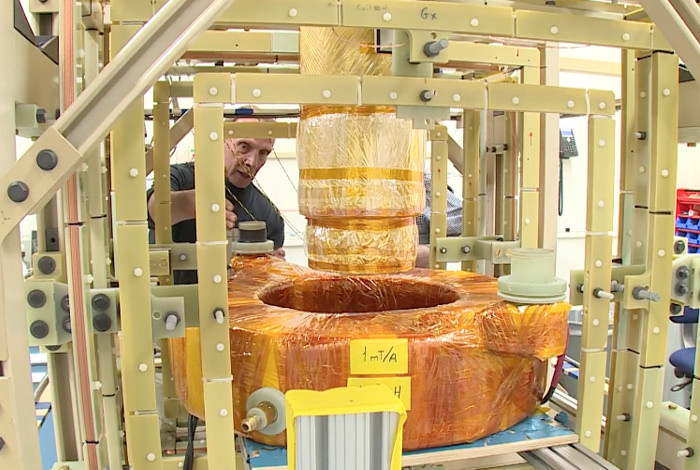Los Alamos National Laboratory‘s Michelle Espy is developing an ultra-low-field, lightweight MRI system for use on the battlefield and in poor countries. The device will be simple to transport, set up, and use in non-traditional settings.
Conventional MRI machines use large magnetic fields that align protons in water molecules. Magnetic resonance signals are detected and turned into images. Highly detailed images are created, but the process is complicated and expensive. Espy uses Superconducting Quantum Interference Devices (SQUID) to create quality images with ultra-low-magnetic fields.
The first generation (battlefield) “b”MRI was built in a large metal housing to shield it from interference. The team is now surrounding the system with lightweight wire coils in the open environment to compensate the Earth’s magnetic field. A field compensation system will soon eradicate invading magnetic field signals.
WEARABLE TECH + DIGITAL HEALTH NYC 2015 – JUNE 30 @ NEW YORK ACADEMY OF SCIENCES. REGISTER HERE.
